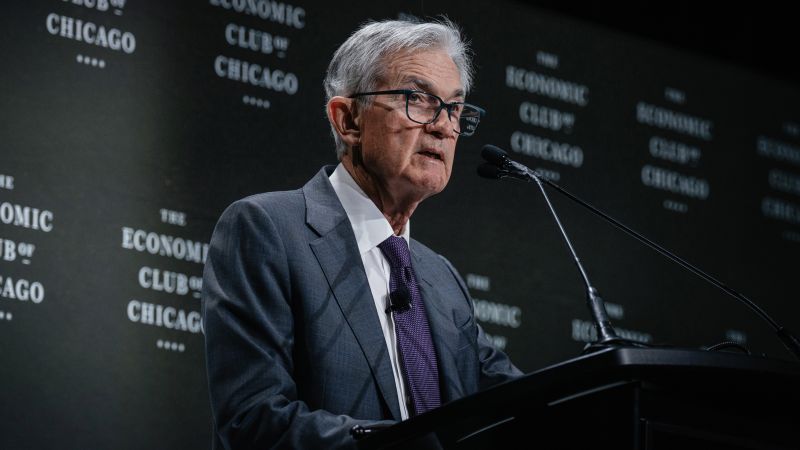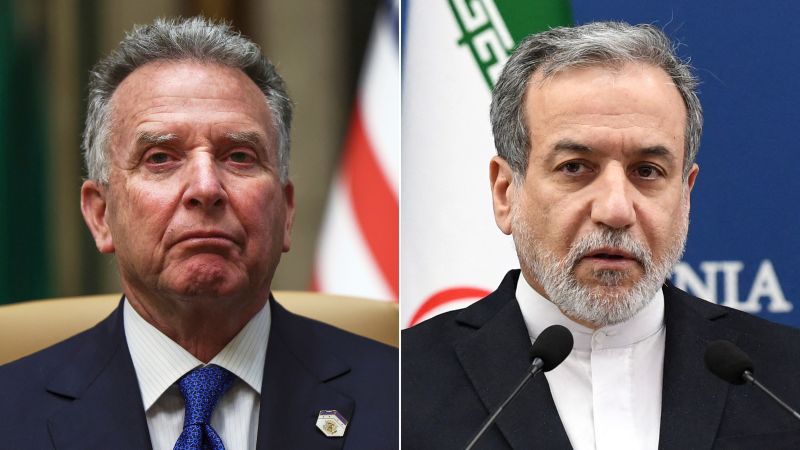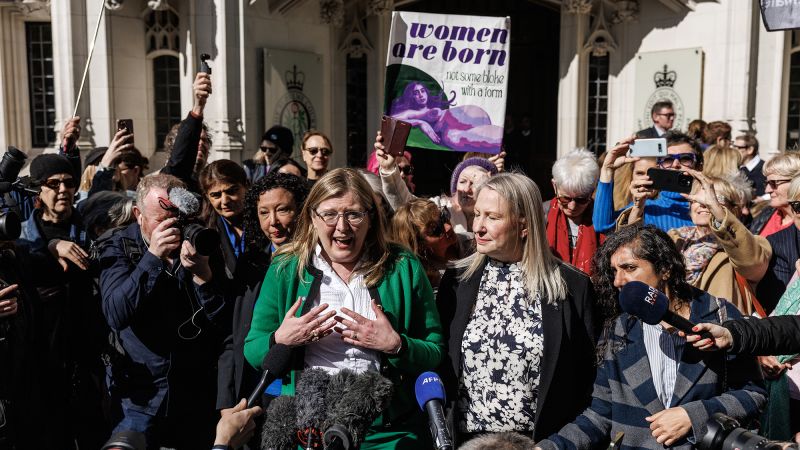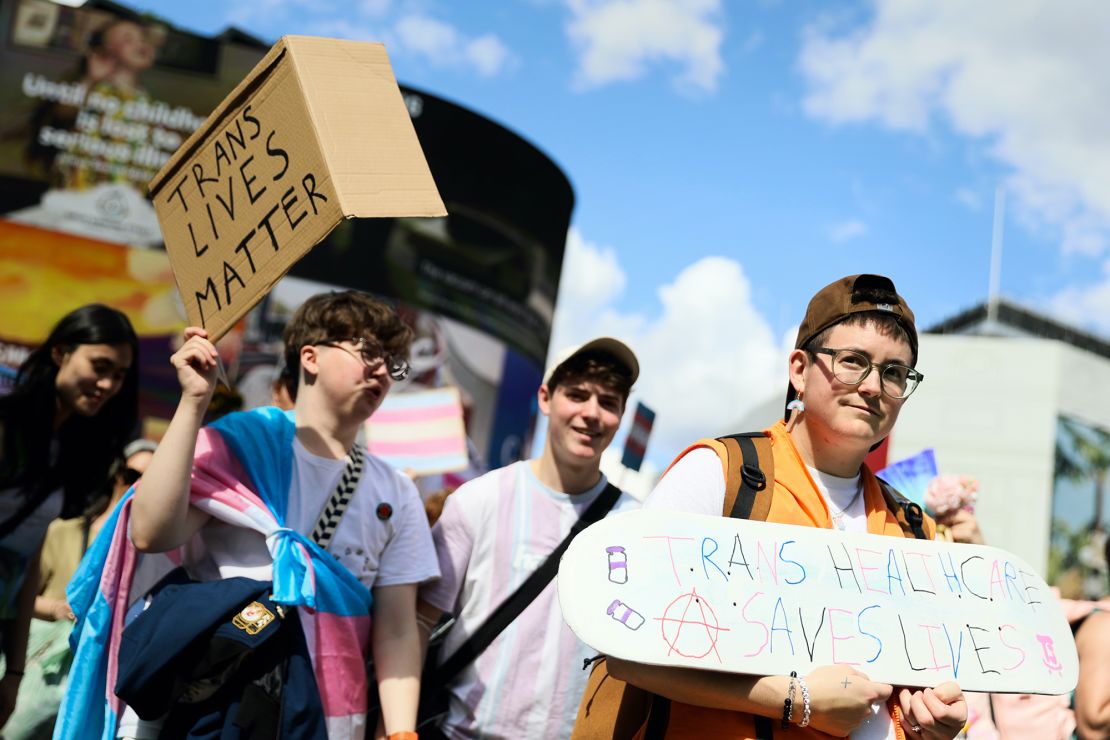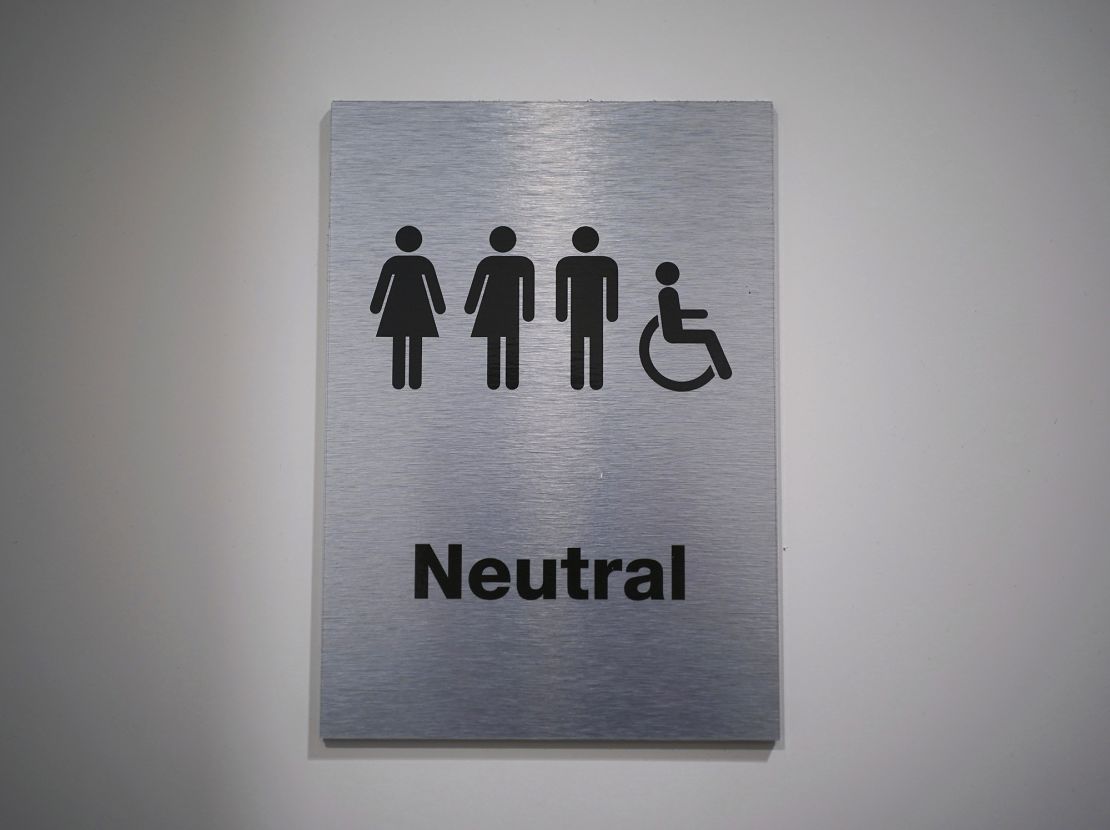Washington
CNN
—
President Donald Trump on Thursday ratcheted up his criticism against Federal Reserve Chair Jerome Powell, calling for his “termination” for not cutting interest rates quickly enough. His comments come one day after the central bank chief delivered a stark warning about the effect of Trump’s sweeping tariffs on the economy.
Trump’s first comments on Powell came early in the day, in a social media post. But the president continued ripping into the Fed chief later Thursday, in an Oval Office meeting, piling on political pressure for Powell to lower interest rates.
Ahead of an expected rate decision Thursday by the European Central Bank, Trump lashed out at the Fed leader, saying the US central bank is lagging behind. The ECB later announced it is cutting interest rates for the seventh time in the past year.
“Jerome Powell of the Fed, who is always TOO LATE AND WRONG, yesterday issued a report which was another, and typical, complete ‘mess!’ Trump wrote. “Powell’s termination cannot come fast enough!”
His comments come after Powell on Wednesday said at an event in Chicago that the Trump administration has brought “very fundamental policy changes,” including sweeping tariffs that are “significantly larger than anticipated.” He said such changes are unlike anything seen in modern history, putting the Fed in uncharted waters and on a path to confront a challenge it hasn’t seen in decades.
But Powell’s words weren’t unlike those of other Fed officials in recent weeks. Most have said Trump’s tariffs are likely to push up inflation and unemployment. Powell has carried out the Fed’s monetary policy by making decisions that are dependent on economic data in striving for the central bank’s dual mandate of maximum employment and stable prices. The ECB, which only focuses on price stability, also has a data-driven approach like the Fed.
“Let me just say very squarely, I have a lot of respect for my esteemed colleague and friend Jay Powell. We have a steady solid relationship amongst central bankers,” ECB President Christine Lagarde said Thursday in a news conference after the central bank announced its latest policy move. “I think that relationship is decisive in order to have a solid financial infrastructure on which to ensure there is financial stability.”
Meanwhile, some billionaires, such as Ray Dalio, have taken criticism of Trump’s tariffs a step further, saying the US economy might be in or near a recession already.
Powell was first appointed as Fed chair by Trump in 2018 and was later reappointed by President Joe Biden in 2022. His current term ends in May 2026.
Trump has on several occasions threatened to remove Powell from his post, and criticism of his Fed head stretches back to 2018, when Powell took the reins of the world’s most powerful central bank.
The Fed raised interest rates a handful of times that year over worries that a historically tight job market could spur higher inflation. In 2019, Trump even called Powell “the enemy.” In March 2020, Trump told reporters he had the “right to remove (Powell) as chairman” and that “he has, so far, made a lot of bad decisions, in my opinion,” after markets tanked amid the pandemic. But he also praised Powell for cutting rates to zero to prevent an economic collapse.
Trump doubled down on his criticism of Powell while taking questions from reporters in the Oval Office Thursday afternoon.
“I don’t think he’s doing the job. He’s too late. Always too late. A little slow and I’m not happy with him. I let him know it,” Trump said. “And if I want him out, he’ll be out of there real fast, believe me.”
“We have a Federal Reserve chairman that’s playing politics,” he said, adding that the Fed not cutting interest rates “plays right into (Europe’s) hands.”
“The Fed really owes it to the American people to get interest rates down, that’s the only thing he’s good for,” Trump said. “I think at some point he will. He’s going to have a lot of political pressure, you know they are political also and I think there’s a lot of political pressure for him to lower interest rates.”
The Fed declined to comment on Trump’s latest remarks.
But Trump’s desire to fire Powell is at odds with the view of his own Treasury secretary, Scott Bessent. Earlier this week, Bessent told Bloomberg in an interview that “monetary policy is a jewel box that’s got to be preserved.”
During his confirmation hearing in January, Bessent told congressional lawmakers that the Fed should remain independent. Doing away with it would not only rattle investors who are already anxious about Trump’s tariffs, but it could destroy the central bank’s credibility, which it needs to fight inflation. That’s as important as ever, with economists expecting tariffs to lead to higher prices. Countries with independent central banks generally have lower inflation.
For his part, Powell has pointedly noted that removing a Fed chair is “not permitted under the law,” and has said he intends to serve out the remainder of his term.
However, that legal protection, which comes as a result of the Fed’s status as an independent government institution, may be an open question. Trump has fired two Democratic members of the Federal Trade Commission, also a long-independent agency, arguing that their “continued service on the FTC is inconsistent with my administration’s priorities,” according to a Wall Street Journal report of a letter Trump sent to them.
On Wednesday, Trump fired two Democrats on the three-member board of the National Credit Union Administration, a federal insurer and regulator of credit unions. Todd Harper, one of the officials dismissed by Trump, said in a post on LinkedIn that his firing “is wrong.”
“It violates the bipartisan statutory framework adopted by Congress to protect credit union members and their deposits. The Trump Administration’s attack also undermines the independence, balance and important work of the NCUA,” Harper wrote. “If a President can fire an NCUA Board member at any time, how will we maintain public trust in our nation’s financial services regulatory system?”
Meanwhile, the Supreme Court is expected to revisit a case that could severely weaken the Fed’s independence.
The 1935 case, Humphrey’s Executor v. United States, established precedent over how much power a sitting US president has in removing agency heads. The case involved William Humphrey, “an aggrieved conservative commissioner on the Federal Trade Commission, who was fired by Franklin Roosevelt in 1933 over policy differences,” the Brookings Institution wrote in a 2018 analysis.
Humphrey died shortly after his dismissal, but his executor sued for damages. The Court ruled in favor of the executor, saying the Constitution does not say the president has the “illimitable power of removal.” In February, the Trump administration said the case should be overturned.
In addition to the FTC firings, Trump also fired a Democratic member of the National Labor Relations Board and another person serving on the Merit Systems Protection Board who identifies as a Democrat — both who have sued for their jobs back. Chief Justice John Roberts asked both sides to submit briefs last week.

